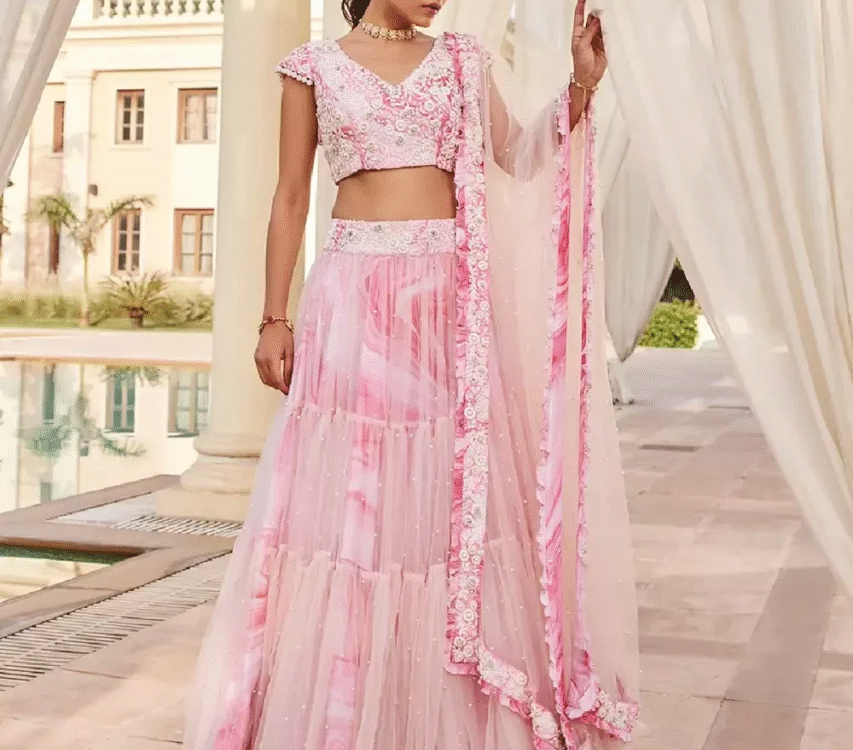
How to dress in India?
This often requires some preparation, especially when it comes to clothing. Without going to extremes, it’s essential to adapt your attire to Indian culture and your destination, both out of respect and for your own comfort.
What clothes should I pack for a trip to India?
During your stay in India, you’ll likely spend long hours commuting, whether by bus, train, or tuk-tuk. Loose-fitting, comfortable, and breathable clothing is your best friend. Since India is a hot country, especially in the central and southern plains, opt for lightweight materials like cotton or linen. These fabrics protect you from the sun while allowing your skin to breathe, which is especially beneficial during periods of intense heat.
It may also be a good idea to wear long sleeves and thin pants to protect against mosquitoes, especially in rural areas or during the monsoon.
How to dress in India when you are a man?
Men generally enjoy a little more flexibility in their clothing, but a few guidelines should still be observed: prefer trousers to shorts, especially outside of major cities, and avoid tank tops. You can also indulge in traditional clothing such as the long tunic (kurta), which is very comfortable and well-regarded by locals.
How to dress in India as a woman?
For women, the guidelines are a little stricter. Long dresses, wide palazzo-style pants, long tunics, or kurtas are ideal. You can also buy a salwar kameez, a very comfortable and popular traditional ensemble, on site. It’s also advisable to have a shawl or scarf handy to cover your shoulders or chest if necessary. The sari, a traditional outfit worn by many Indian women, can also be a beautiful sartorial experience for special events or places of worship.
How to dress in North India?
Northern India, especially the mountainous regions like Ladakh and Himachal Pradesh, requires a wardrobe adapted to the cooler and sometimes harsh climate. Pack hiking clothes, thermal layers, a hat, and a good warm jacket. The temperature contrasts between day and night can be striking, especially at higher altitudes in Ladakh. This requires proper preparation to enjoy the magnificent landscapes of the Ganges Valley and other natural treasures.
How to dress in South India?
Conversely, the southern state of Kerala and South India in general enjoy a tropical, hot, and humid climate. Lightweight clothing is therefore essential to withstand the heat. For seaside vacations, including the beaches of Goa, swimsuits, flip-flops, light dresses, or sarongs are ideal, but only on the beach or in Indian tourist areas. Outside of this region, cover up more, even in a seaside setting. Furthermore, this region of India is also rich in religious sites and Hindu temples, where appropriate attire is imperative.
Clothing adapted to your type of trip
Whether you’re going backpacking, on an organized tour, or on a more traditional Indian vacation, your clothing needs will vary. For those who enjoy trekking or visiting Hindu temples, opt for good, easy-to-remove walking shoes (mandatory in places of worship), a waterproof jacket like a k-way, and a sweater for cool evenings. Also consider bringing a pair of sandals or flip-flops, which are very useful for everyday wear.
It is also important to avoid wearing or purchasing leather items in sacred places, as this can be frowned upon in most Hindu religious sites, where the cow is sacred.
What are the clothing restrictions in India?
In many regions, especially places of worship, certain outfits may be frowned upon or even prohibited. Here’s what to avoid:
When traveling to India, always remember to carry a scarf or shawl to cover your shoulders or head in palaces like the Taj Mahal, temples, or places of worship.
What colors should you not wear in India?
The symbolism of colors is very strong. Certain shades can evoke local events or specific feelings:
White is the color of mourning, so it should be avoided in a festive context.
Black is associated with sadness or bad luck
Red, very symbolic of marriage, can be misinterpreted depending on the context if worn in a flashy manner.
On the contrary, bright colors like green, pink, orange or blue are very popular and are an integral part of the Indian landscape, whether you are in the big cities or in the most remote corners of this fascinating country.
Practical advice
If you’re planning to build a new life in India, keep in mind that clothing isn’t just an accessory: it reflects identity, tradition, and sometimes social status. For travelers, dressing appropriately is a sign of respect for the locals. It’s strongly recommended to cover your shoulders, avoid short or tight-fitting clothing, and choose bottoms that reach at least to the knees. This advice is especially important for women, as it helps avoid stares or inappropriate behavior. This doesn’t mean sacrificing style; it simply means finding a balance between comfort, aesthetics, and respect for local customs.
Archives
Calendar
| M | T | W | T | F | S | S |
|---|---|---|---|---|---|---|
| 1 | 2 | 3 | 4 | 5 | 6 | |
| 7 | 8 | 9 | 10 | 11 | 12 | 13 |
| 14 | 15 | 16 | 17 | 18 | 19 | 20 |
| 21 | 22 | 23 | 24 | 25 | 26 | 27 |
| 28 | 29 | 30 | 31 | |||
Leave a Reply